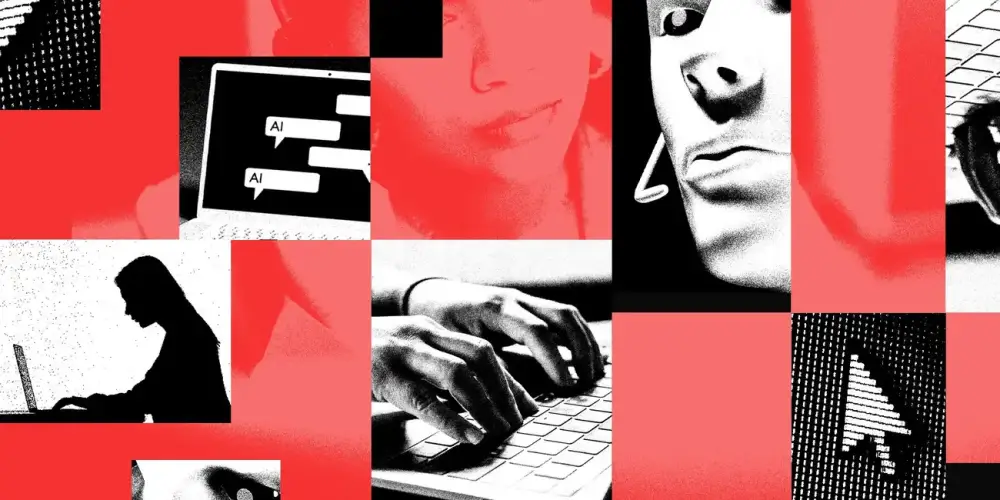
Giới trẻ ngành công nghệ Mỹ lao đao vì AI: Thất nghiệp tăng gấp 4 lần bình thường
-
AI đang định hình lại thị trường việc làm tại Mỹ và ảnh hưởng nặng nề nhất đến lực lượng lao động trẻ trong ngành công nghệ.
-
Theo Goldman Sachs, tỷ lệ việc làm trong ngành công nghệ đạt đỉnh vào tháng 11/2022 – thời điểm ChatGPT ra mắt – và sau đó giảm mạnh, xuống dưới xu hướng dài hạn.
-
Đặc biệt, tỷ lệ thất nghiệp ở nhóm tuổi 20–30 làm việc trong công nghệ đã tăng gần 3 điểm phần trăm kể từ đầu năm 2024, cao gấp hơn 4 lần so với mức tăng của tỷ lệ thất nghiệp toàn thị trường.
-
Goldman Sachs ước tính AI tạo sinh sẽ thay thế 6–7% tổng số lao động tại Mỹ trong thập kỷ tới.
-
Dự báo đỉnh điểm của ảnh hưởng thất nghiệp do AI chỉ chiếm khoảng 0,5 điểm phần trăm, do nhiều ngành khác sẽ hấp thụ lại lao động bị thay thế.
-
Báo cáo được công bố giữa lúc ngày càng có nhiều lo ngại về sự suy yếu của thị trường lao động Mỹ.
-
Trong tháng 7/2025, nền kinh tế Mỹ chỉ tạo thêm 73.000 việc làm, thấp hơn nhiều so với mức dự kiến 106.000. Số liệu của tháng 5 và 6 cũng bị điều chỉnh giảm mạnh.
-
Tăng trưởng GDP thực trong nửa đầu năm 2025 chỉ đạt tốc độ hàng năm 1,2%, và được dự báo sẽ tiếp tục trì trệ trong nửa cuối năm.
-
Nguyên nhân một phần do thuế quan cao ảnh hưởng tới chi tiêu tiêu dùng và thu nhập khả dụng.
-
Dario Amodei – CEO của Anthropic – cảnh báo AI có thể loại bỏ tới 50% việc làm cấp đầu vào trong lĩnh vực văn phòng trong vòng 5 năm tới.
📌 AI đang đẩy tỷ lệ thất nghiệp của giới trẻ ngành công nghệ Mỹ tăng gần 3 điểm phần trăm kể từ 2024, gấp hơn 4 lần mức trung bình quốc gia. Goldman Sachs dự đoán AI tạo sinh sẽ thay thế 6–7% lao động Mỹ trong 10 năm tới, trong bối cảnh nền kinh tế chỉ tăng trưởng 1,2% và thị trường việc làm ngày càng yếu.
https://www.businessinsider.com/ai-impact-unemployment-job-loss-young-tech-workers-goldman-sachs-2025-8
AI is already driving up unemployment among young tech workers, according to Goldman Sachs
- AI is reshaping the US job market, impacting young tech workers significantly.
- The tech sector's employment share peaked in November 2022, then declined post-ChatGPT.
- Goldman Sachs predicts AI will displace 6-7% of all US workers.
Thảo luận
Follow Us
Tin phổ biến



